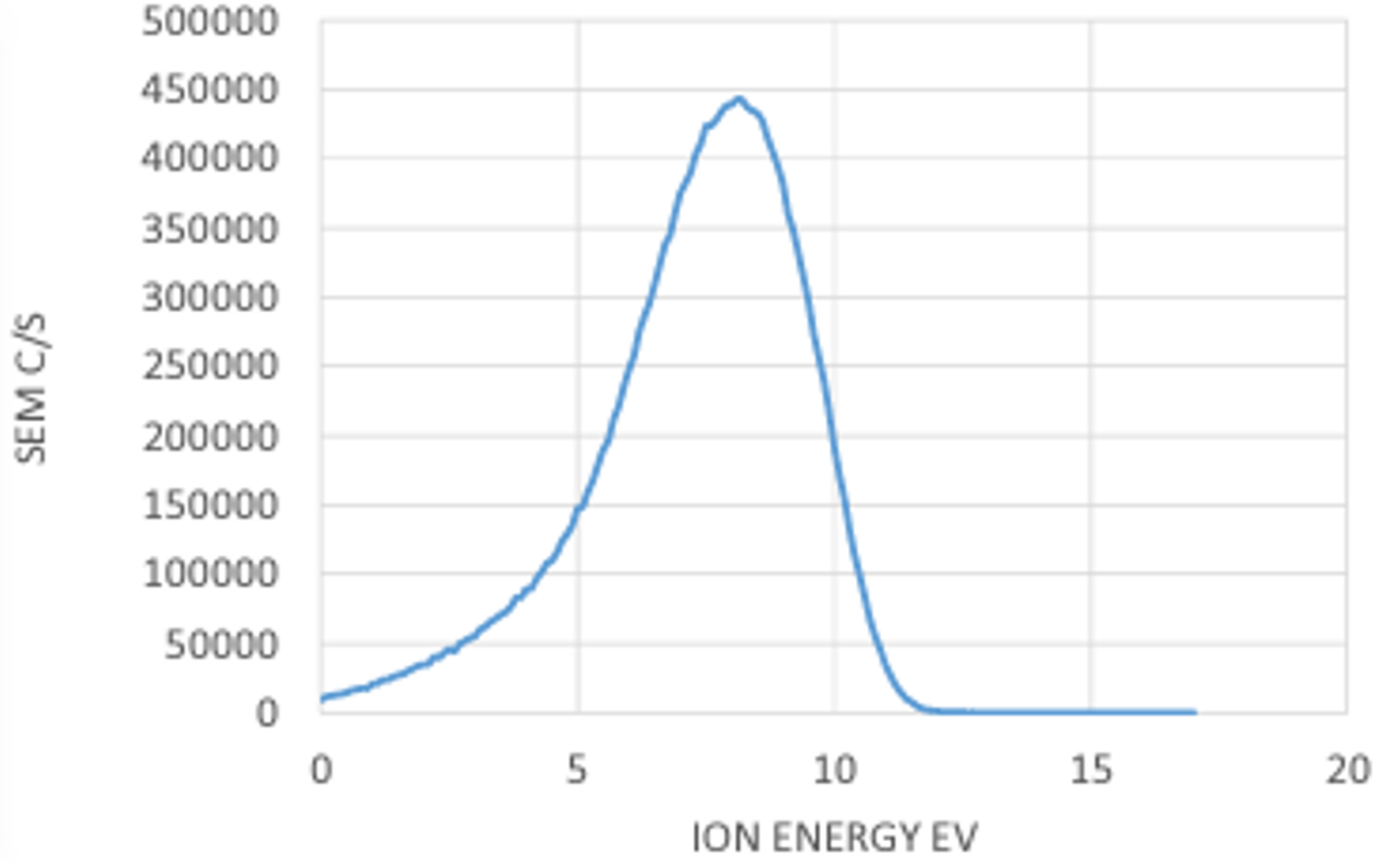Electrostatic Quadrupole Plasma (EQP) Mass Spectrometer and Energy Analyzer
Advanced Diagnostics Navigation
- Atomic and molecular species, positive and negative ions
- Laser-Induced Fluorescence (LIF) and Two-Photon Absorption LIF (TALIF)
- Radar Resonant Enhanced Multi-Photon Ionization (Radar REMPI)
- Characterization of plasma, chemical composition and dynamic behavior
- Electron velocity distribution function, gas flow velocity and temperature
- Electric field and space potential
- Nanoparticle Diagnostics
- Surface Diagnostics
Electrostatic Quadrupole Plasma (EQP) Mass Spectrometer and Energy Analyzer
- Sub PPM detection of positive and negative ions, neutrals, and radicals in plasma.
- Ion Energy Analysis for the 0-1000 eV energy range.
- Mass analysis for the 0-300 amu range.
The electrostatic quadrupole plasma (EQP) analyzer (EQP 300, HIDEN Analytical Inc.) as known as the plasma monitor is a combination of an energy analyzer and a mass spectrometer, and is used to detect the neutral, and positive and negative ion species, and measure the kinetic energy of those species in plasmas. The EQP is used in two modes, Residual Gas Analyzer (RGA) for neutrals and radicals, or Secondary Ion Mass Spectrometer (SIMS) analysis for positive or negative ions. The EQP itself is differentially pumped for < 10-7 Torr to be applied to up to sub-Torr plasmas. Using a two-stage differential pumping option, the EQP can also be applied to atmospheric pressure plasmas. The EQP analyzer mainly consists of four parts. The ionization source part just after the sampling orifice (~100 μm; replaceable) is used in RGA mode to ionize neutrals and radicals by the electron impact, in which the electrons are emitted from 1 or 2 filaments and accelerated by electrodes to arbitral energy (typically 70 eV). The following ion optics part including 8-9 tunable electrodes (electrostatic lenses) focuses, and accelerates or decelerates ions to the next part, energy analyzer. The energy analyzer part uses 45° electrostatic analyzer (ESA) which passes ions with a specific energy-to-charge ratio. The typical resolution of the ESA is ΔE ~ 1 eV (full width at half maximum (FWHM)). The energy-selected ions move to the RF quadrupole mass filter part, which passes ions with chosen mass-to-charge ratio. Finally, the selected ions are detected by the secondary electron multiplier (SEM).

A schematic of the Hiden EQP.1

Positive ion density fractions measured by the EQP analyzer for D2-ND3-Ar helicon plasma (ne = 2.5×1017 m−3, P = 10 mTorr).2

A profile of an ion energy scan by the EQP analyzer.1
1. HIDEN Analytical Inc., www.HidenAnalytical.com
2. S. Abe et al., Nucl. Mater. Energy 19, 390 (2019).
 This capability is located at the Princeton Plasma Physics Laboratory.
This capability is located at the Princeton Plasma Physics Laboratory.
